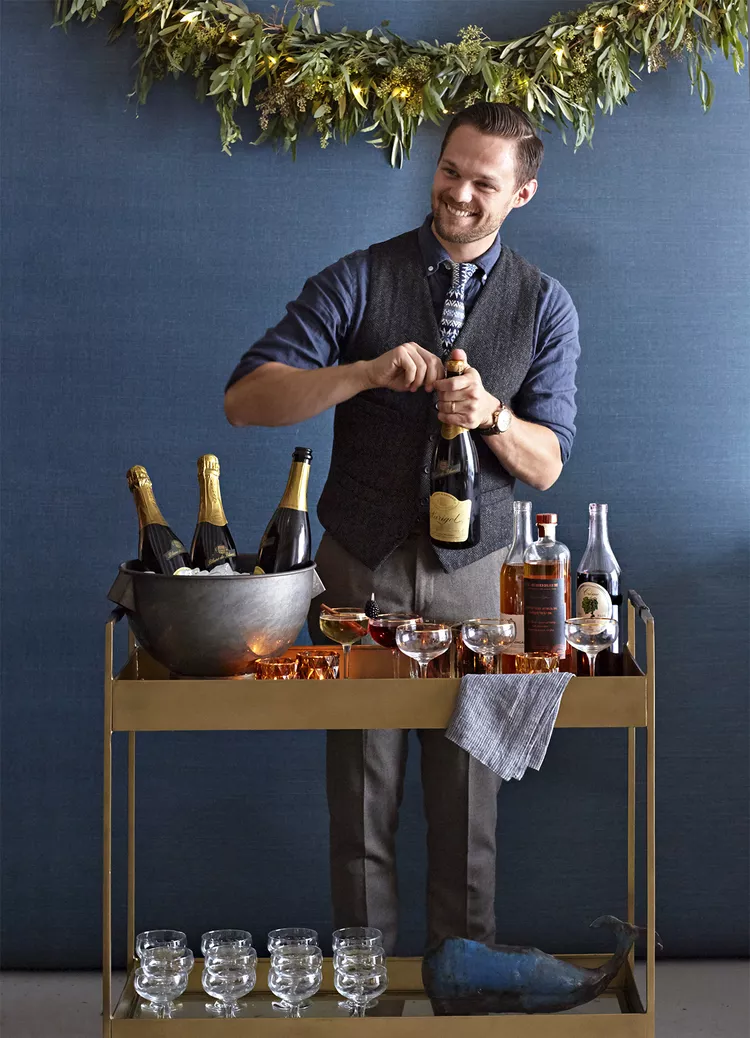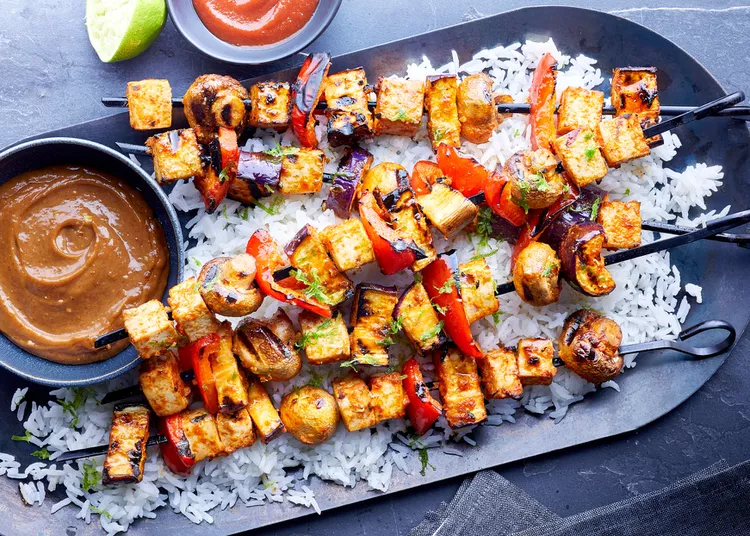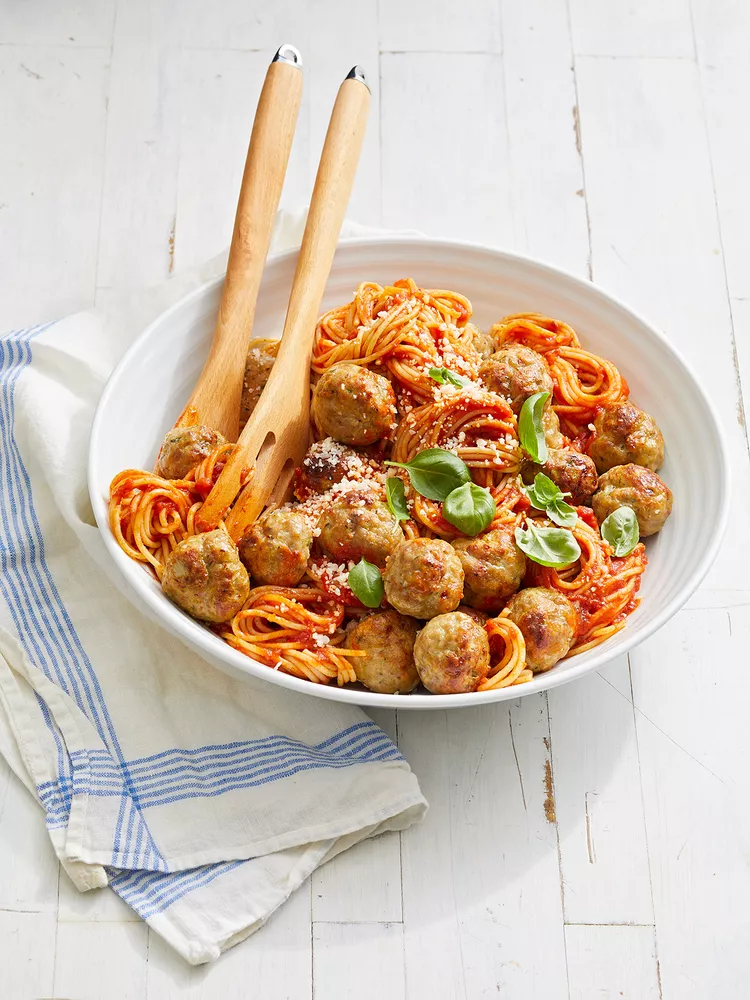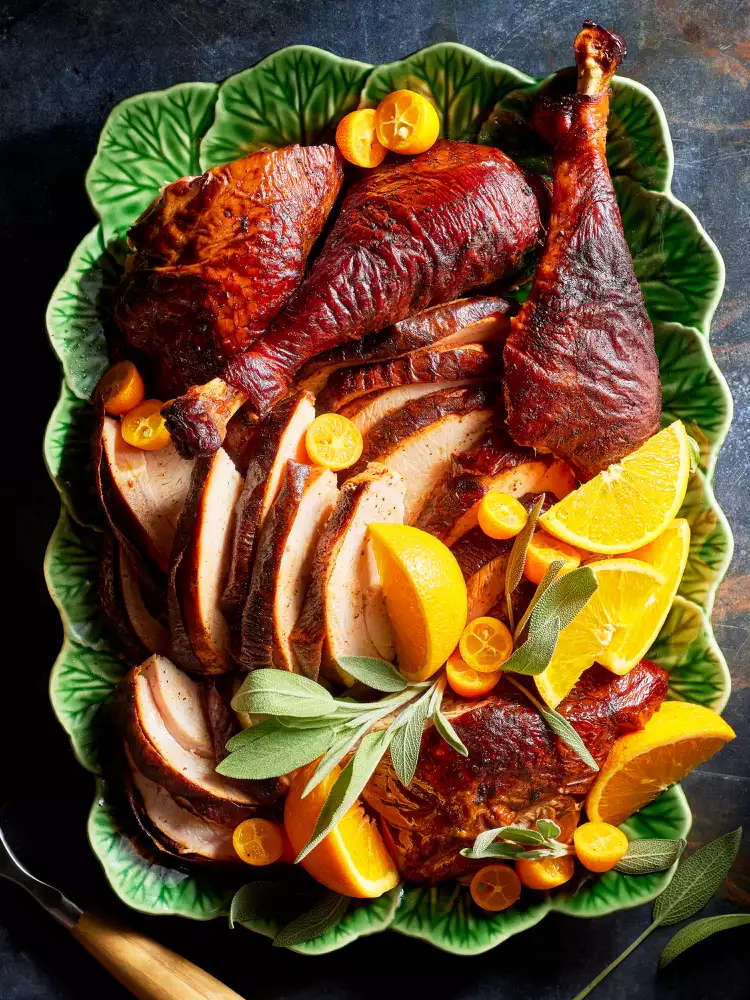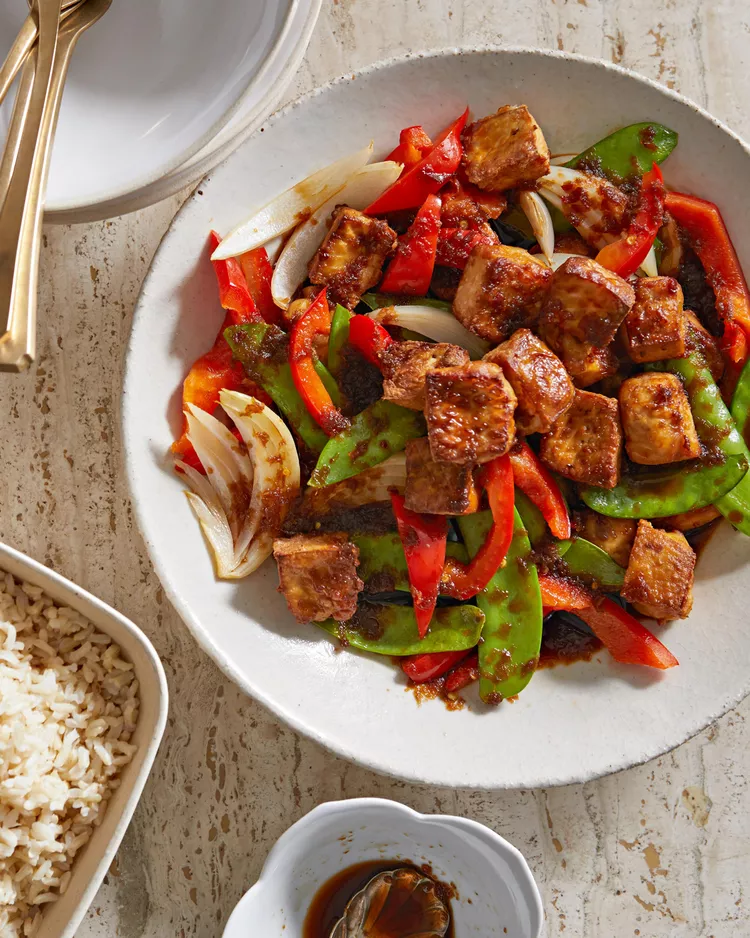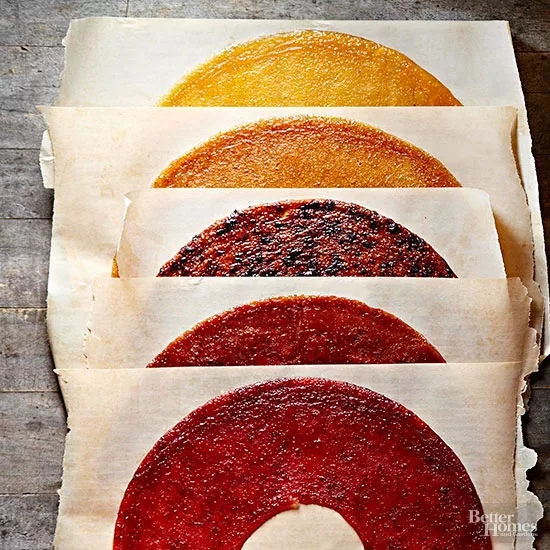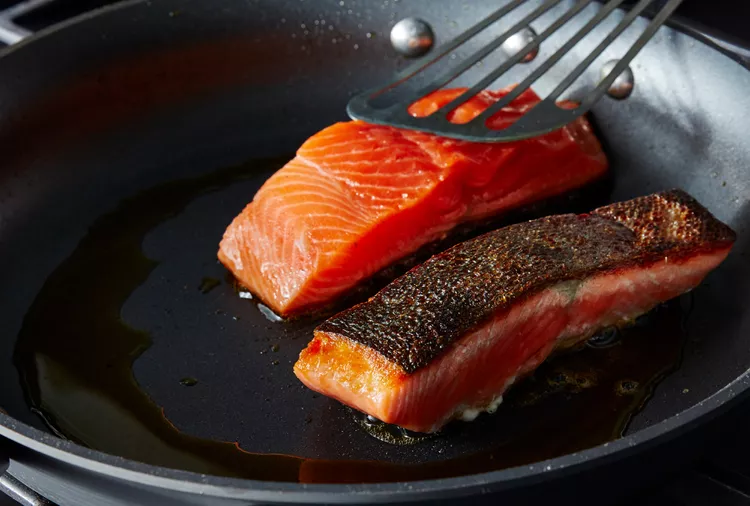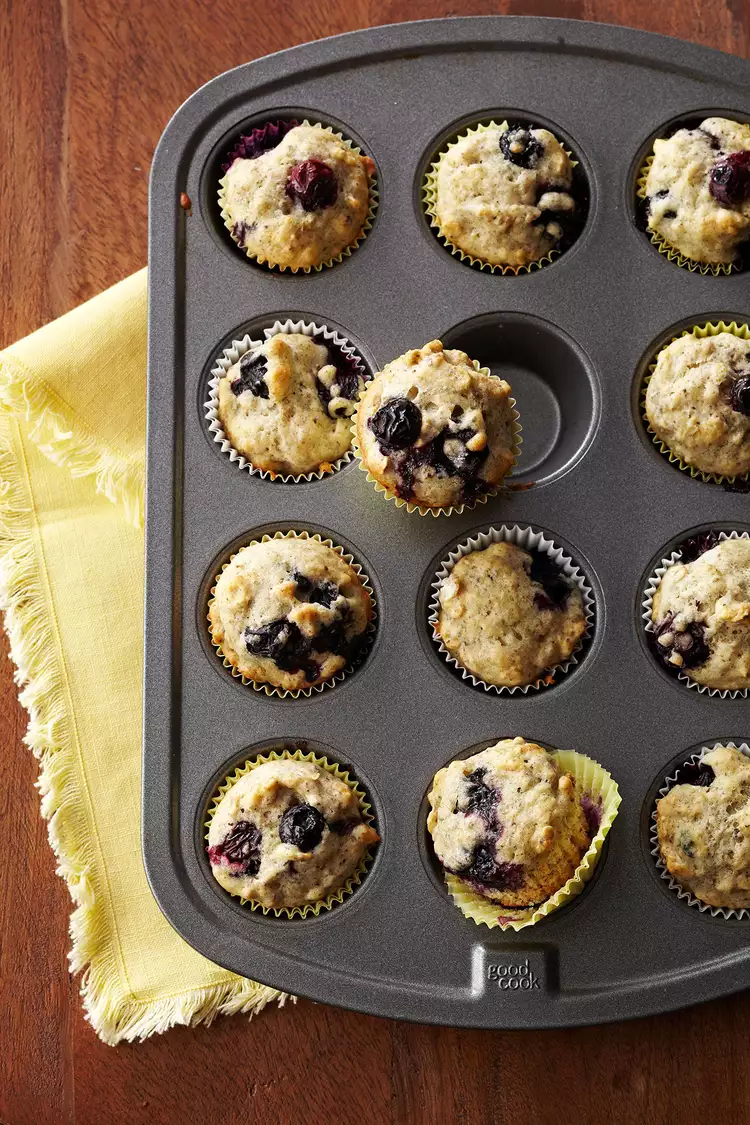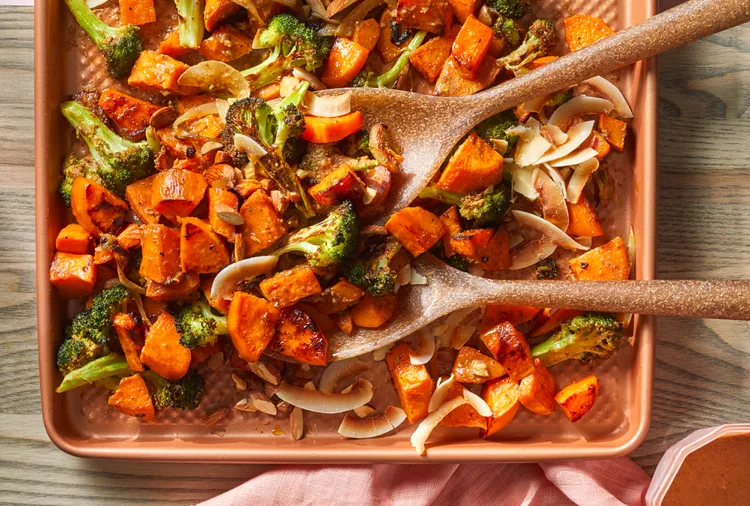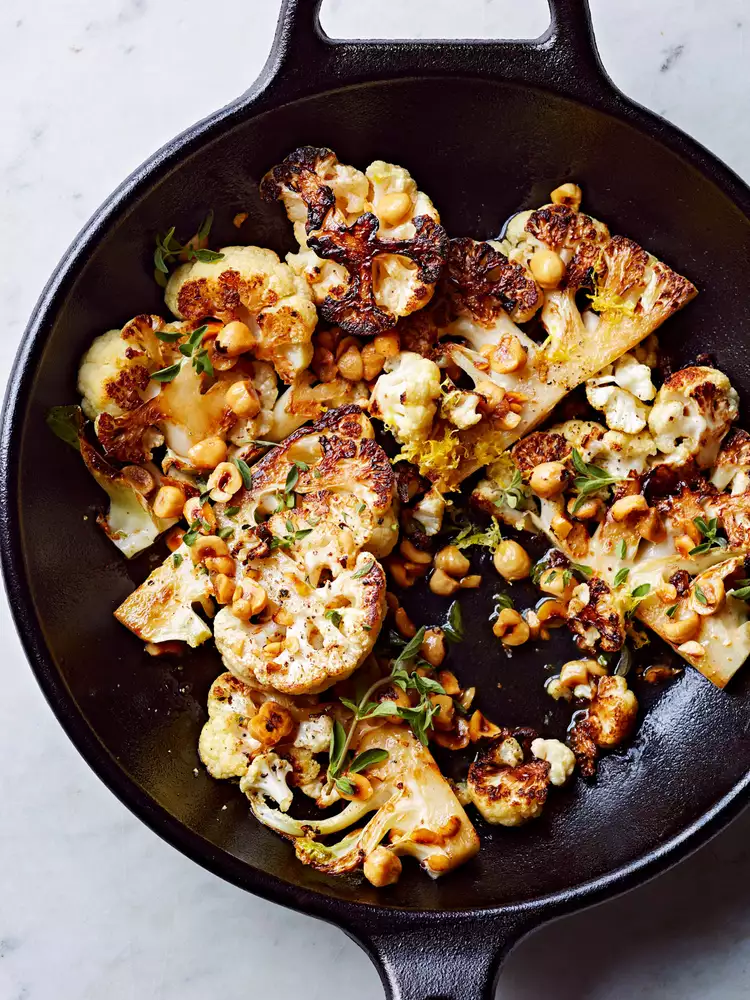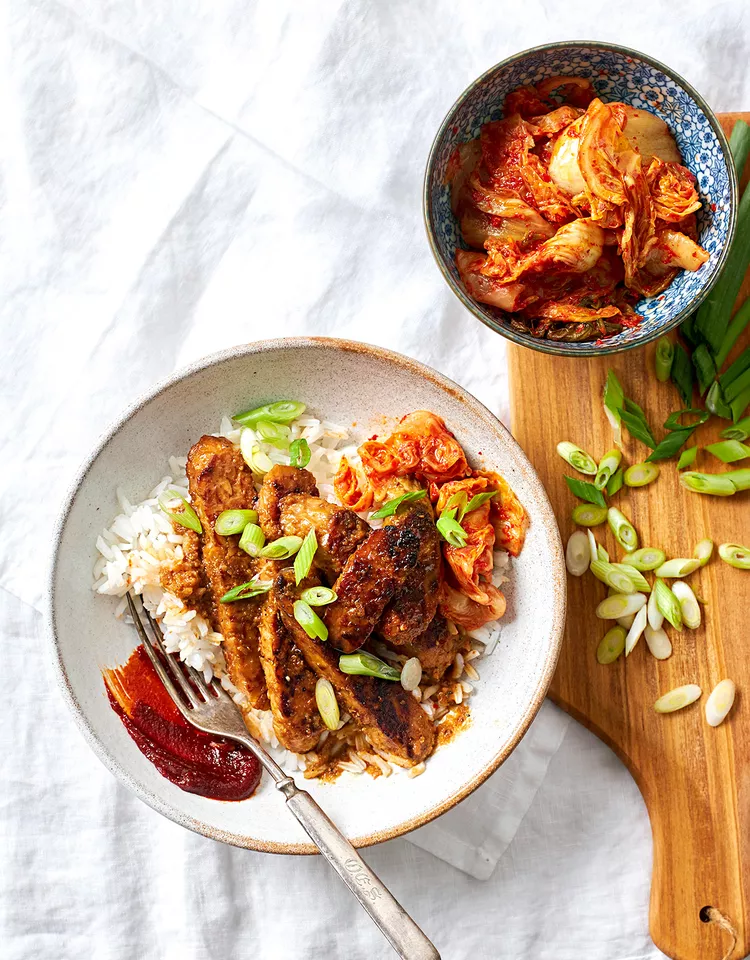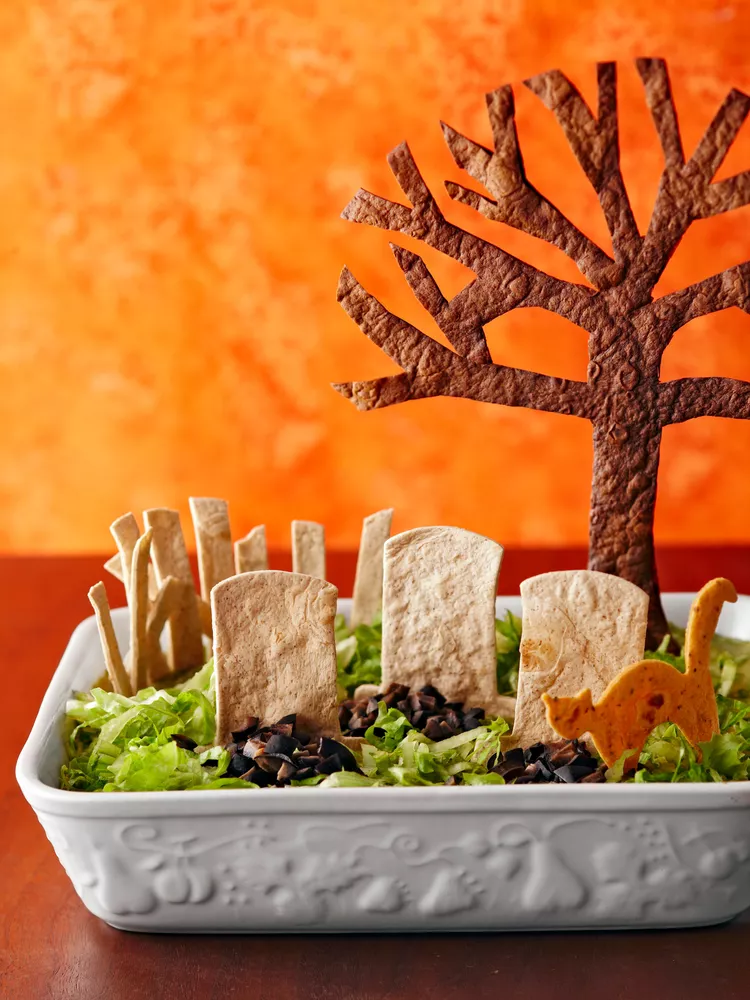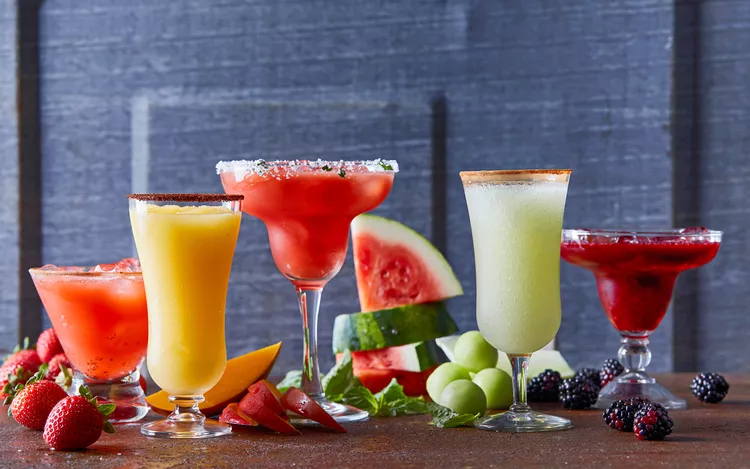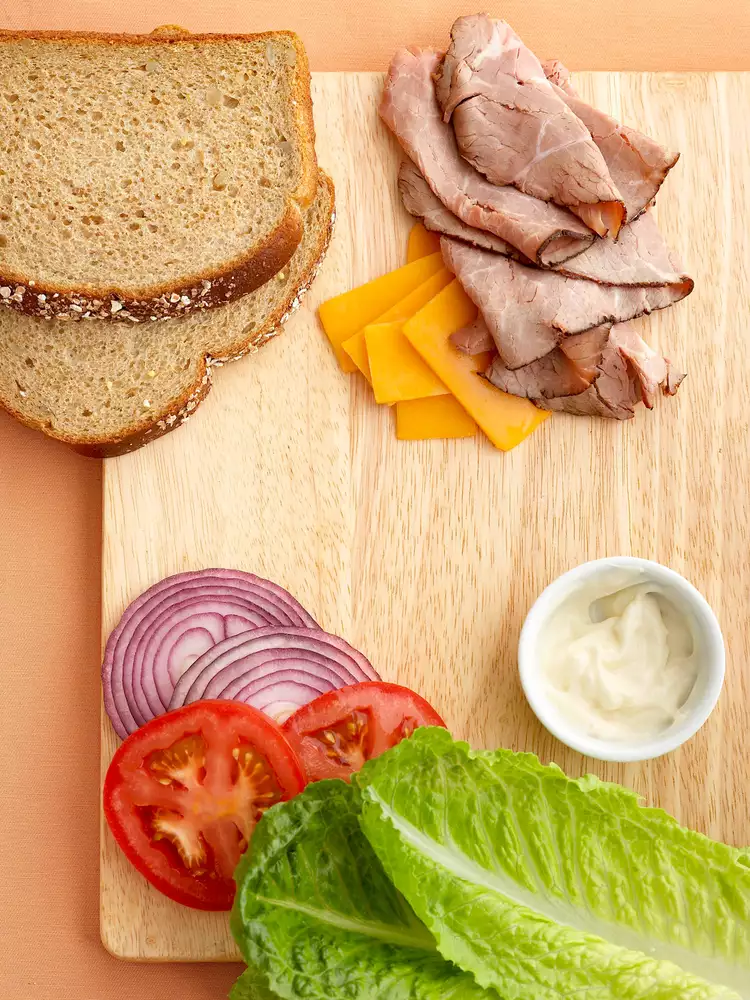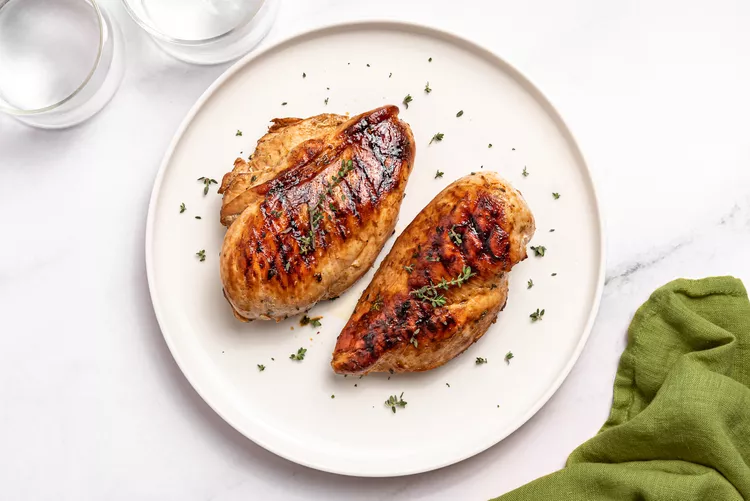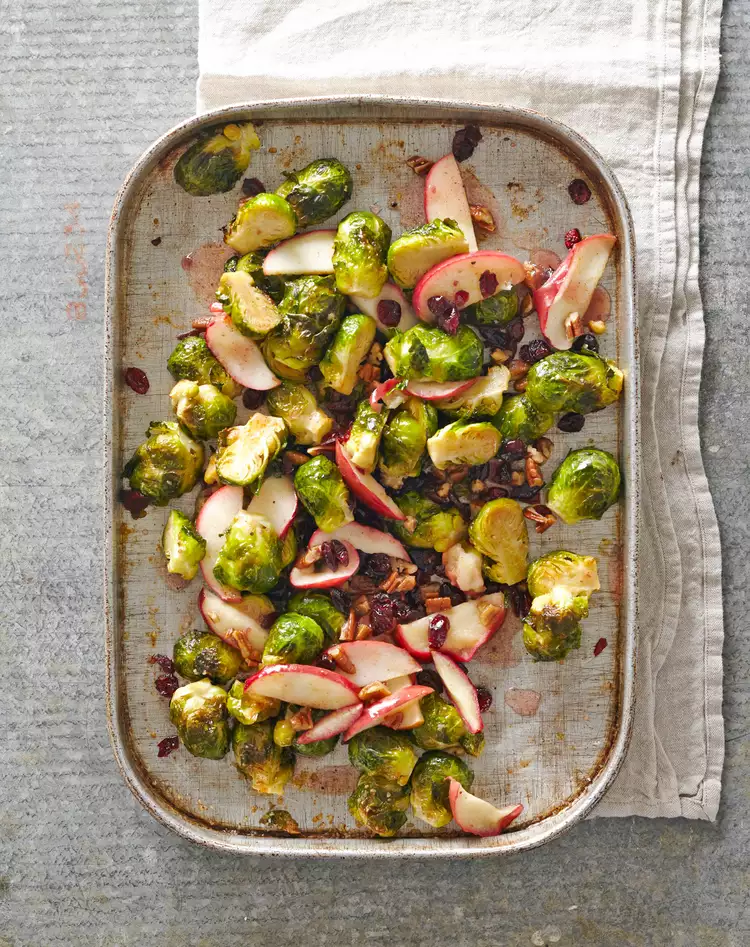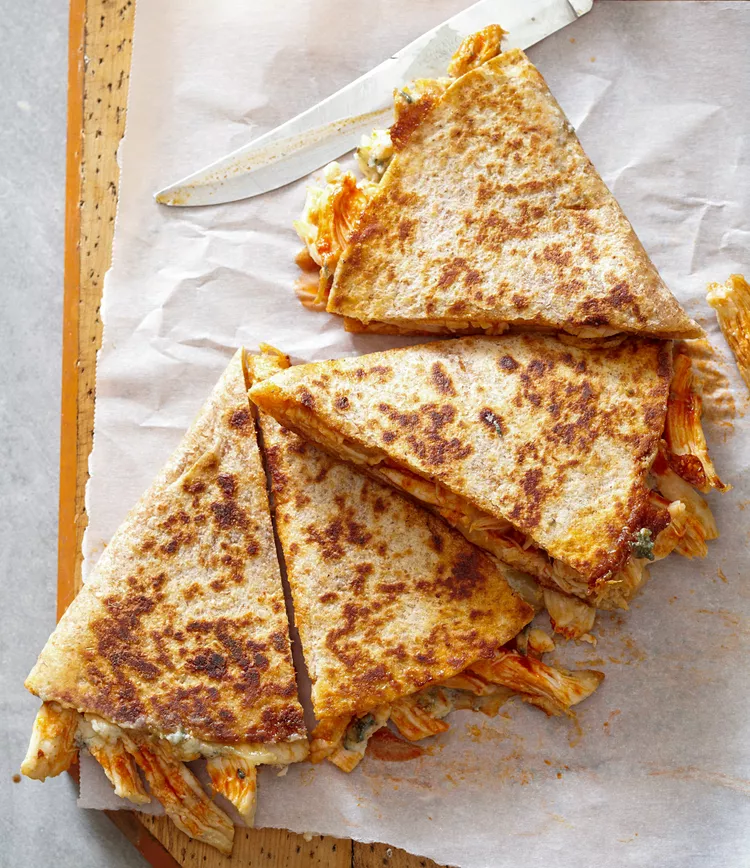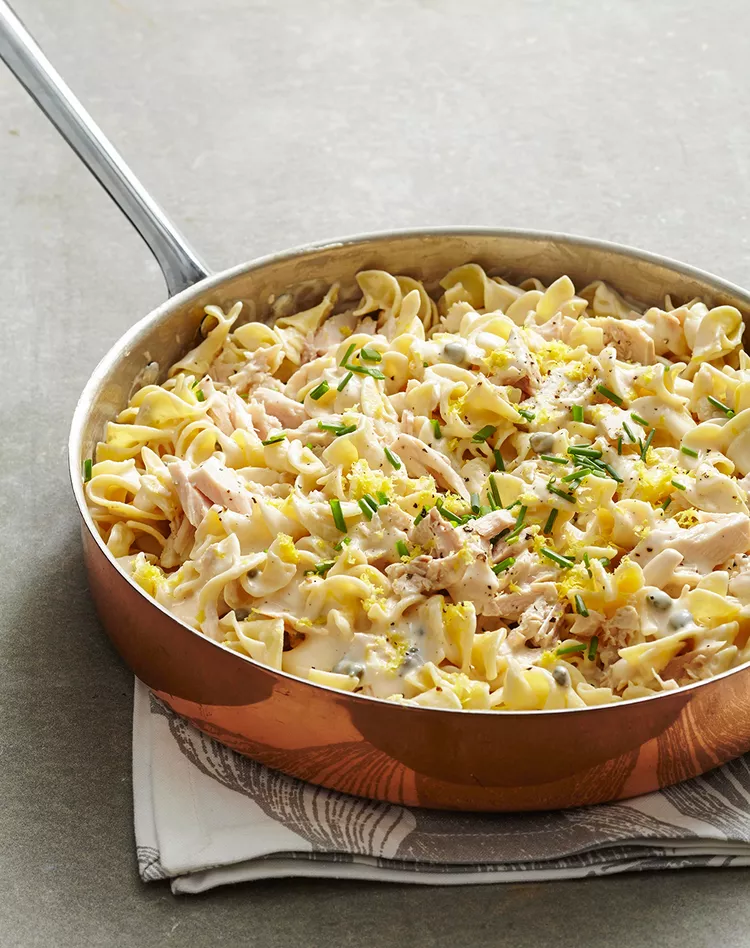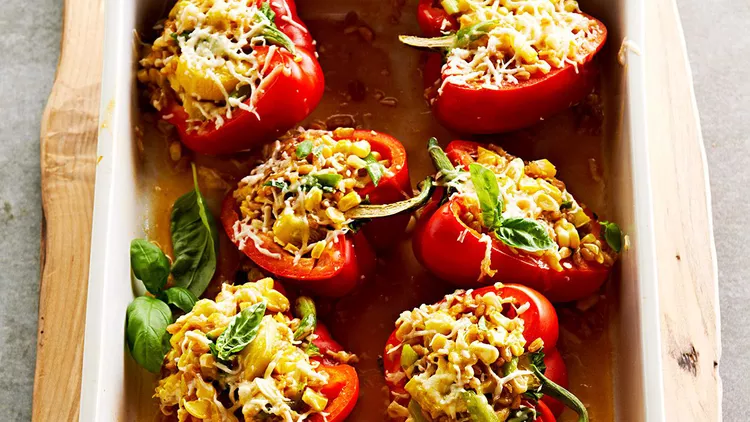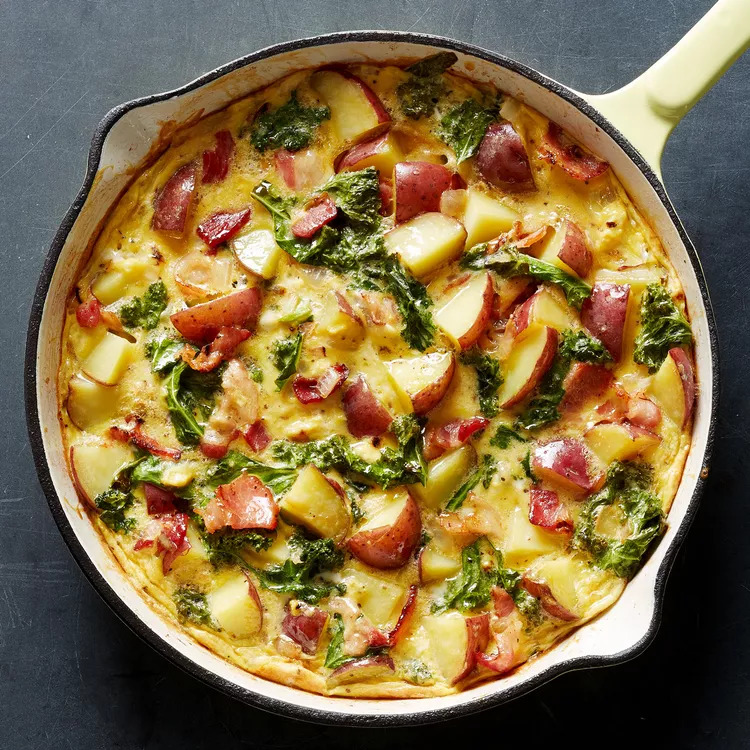Champagne is the perfect drink for celebrating. Its light and sparkling quality make it a go-to for festive occasions such as weddings and New Year, but also an excellent pick for a bubbly cocktail after work. This guide to buying champagne explains the difference between Champagne and champagne (yes, there is one) and spills about how to pop a bottle of bubbly safely.
Before your next wine shop visit, check our champagne buying guide. Champagne can be pretty expensive, so you'll want to know how to look for the best sweet champagne or dry champagne. Here are a few things you should know before investing in a bottle of bubbly.
Champagne Buying Guide: The Basics
Champagne is different from sparkling wine. Champagne with a capital "C" can only come from the Champagne region in France, which means it comes with a hefty price tag. However, champagne (with a lowercase "c") from other areas—usually called sparkling wine—is moderately priced and can be just as delicious.
To spot a just-as-good sparkler, follow this champagne buying guide strategy: Look for "Methode Traditionelle" on the bottle's label. This means the sparkling wine has been made the same way as true Champagne instead of with the time-saving Charmat process, which involves bulk fermentation in tanks and results in a lesser-quality wine.
A few cues on the label can be your champagne guide to help you determine if a sparkling wine is dry or sweet.
- For dry champagne: look for "brut" on the label
- For dry champagne that's a little sweet: look for "extra dry" or "extra sec" on the label
- For sweet champagne: opt for Moscato, a white wine with a softer bubbly quality that pairs well with desserts (like this sweet champagne Peaches and Cream Prosecco Cake!)
Champagne Selection Guide Tip: If you see "vintage" printed on your bottle of champagne along with the year, it means that particular sparkling wine was made with what the winemaker considered to be extraordinary grapes. However, if your bottle doesn't have a year listed, that doesn't make it inferior. In fact, when winemakers combine grapes from a variety of years, it allows them to maintain consistent quality and taste.
How to Serve Champagne
For the best bubbles, serve it cold (around 40-50°F). To get the champagne to this temperature, chill it in the refrigerator for 3 hours, or pack the bottle in a bucket, tub, or sink filled with ice and water for 30 minutes. Once the bottle is open, keep the bubbly cold in a champagne bucket filled with ice and water.
How to safely open a bottle of champagne: While most people think opening champagne involves popping a cork, the cork should ease out of the bottle with a whisper. Here's how to do it.
- Remove the foil from the wire cage that surrounds the cork.
- Hold down the cork with a cloth napkin or kitchen towel and twist the tab to loosen the wire cage.
- Tilt the bottle away from you at a 45° angle to allow space for the bubbles to expand.
- Grasp the cork (and loosened cage), with the cloth still over the top of the bottle, with one hand and gently twist the bottle (not the cork) with the other; let the pressure in the bottle gently force out the cork.
- Slowly pour the champagne into glasses.
Champagne Guide Tip: Champagne and sparkling wines have a lot of pressure inside the bottle, so a cork can be dangerous if allowed to escape. Keep hold of the cork when opening a bottle, never point it at anyone, and never leave a bottle half-opened because it could explode later.
How to Buy Champagne: Recommended Champagnes and Other Sparkling Wines
Still unsure which bubbly to choose? Here's a list of our top choices for brands of sparkling wine, organized by price.
Bargain Bottle Champagne Guide (around $10)
If you want to score affordable (but not too cheap) sparklers, look for Italian and Spanish sparkling wines. Spanish Cava (Freixenet Brut) or Italian Prosecco (Mionetto, Lamberti) are great choices. For the best sweet champagne options, try a Moscato d'Asti (La Spinetta, La Serra, or Elio Perrone).
- Champagne Bonus Recipe Idea: Any of these would be lovely additions to these delicious Mimosa Pancakes.
Best Inexpensive Champagne (about $15-$20)
Our recommendations for slightly more expensive bottles under $20 include Chandon Riche Extra Dry, Piper Sonoma Brut, Sofia Blanc de Blancs, and Lindauer Brut.
- Champagne Guide Bonus Recipe Idea: Top off a round of Champagne Floats with any of these budget-friendly bottles.
Moderately Priced Champagne Guide (about $20-$40)
Price doesn't always mean better quality, but if you're willing to splurge a bit for a choice that will proudly fill your fine champagne glasses, go for Laurent-Perrier Brut L-P, Roederer Estate Anderson Valley Brut, or Domaine Carneros Brut. Try these unadorned or as the star of this golden, party-worthy Champagne Party Punch.
How Many Servings in a Bottle of Champagne
Did you know that champagne bottle sizes vary? Most stores stock a 750-milliliter bottle that's the same size as a standard bottle of wine. (This is enough for about five to six servings.)
But some producers supersize their bubbly packages and offer:
- Magnum: 2 standard bottles
- Jeroboam: 4 standard bottles
- Rehoboam: 6 standard bottles
- Methuseleh: 8 standard bottles
- Salmanazar: 12 standard bottles
- Balthazar: 16 standard bottles
- Nebuchadnezzar: 20 standard bottles
Sparkling wine makes every occasion special, but don't let that limit the times you serve bubbles. There's no reason a weeknight happy hour or meet-up with friends can't be worthy of champagne, especially when you turn to some inexpensive champagne that's under $10. Cheers to making any day just a bit more special with sparkling wine.
